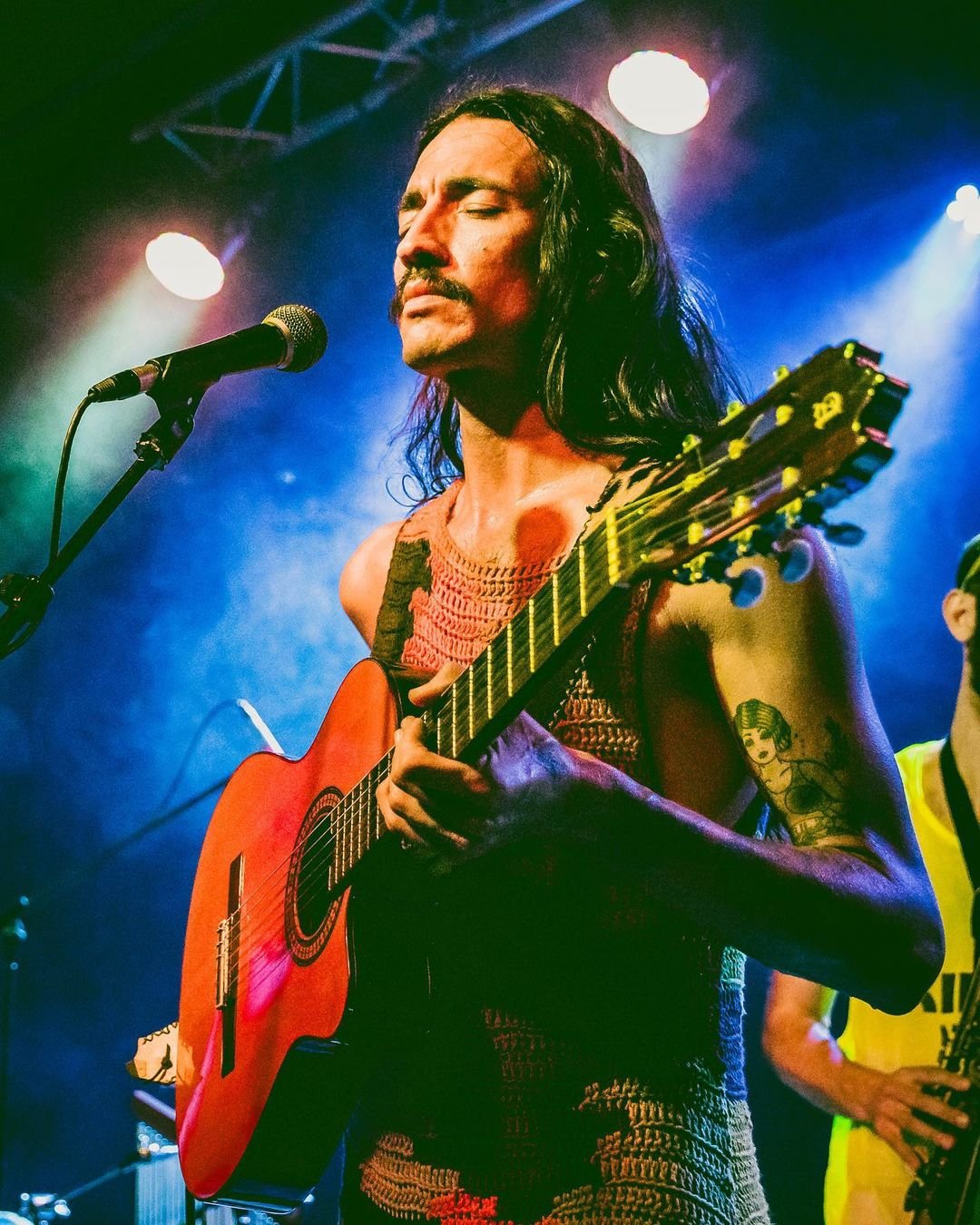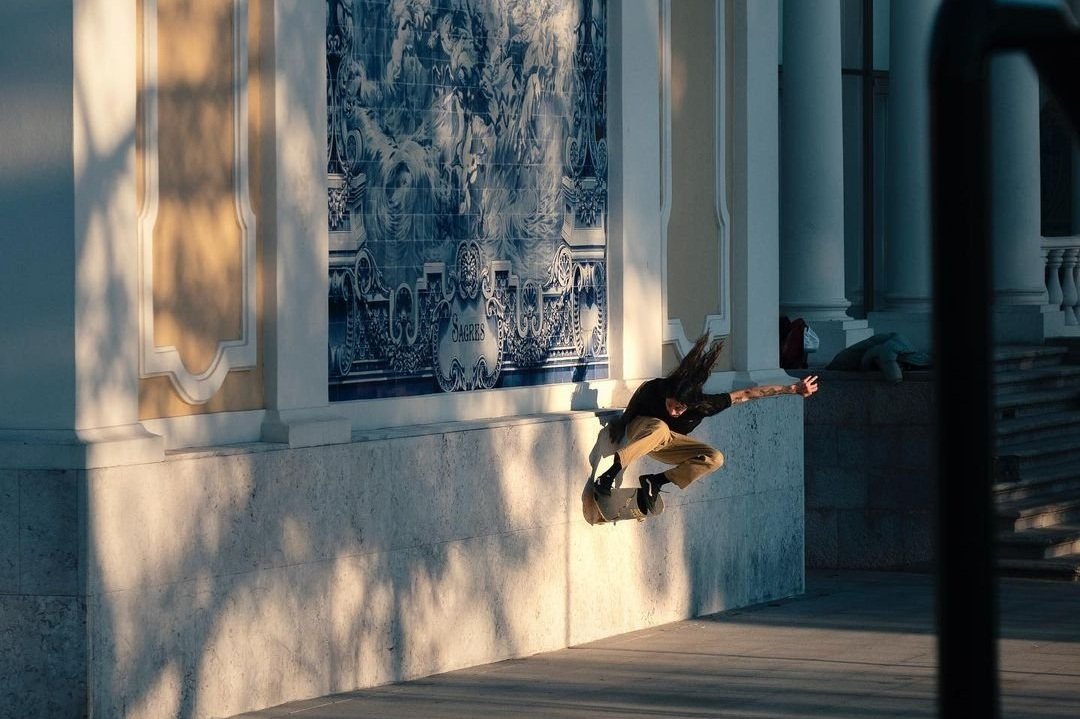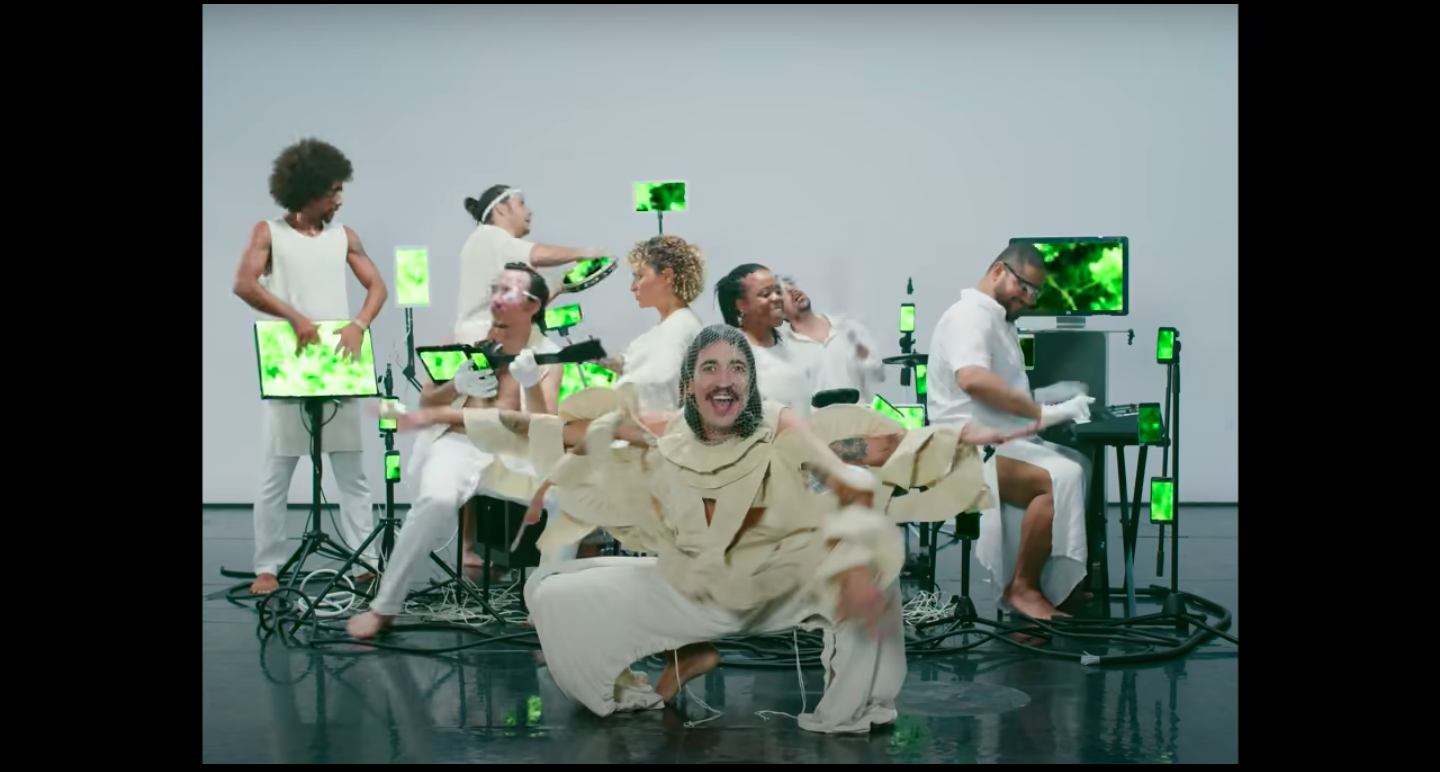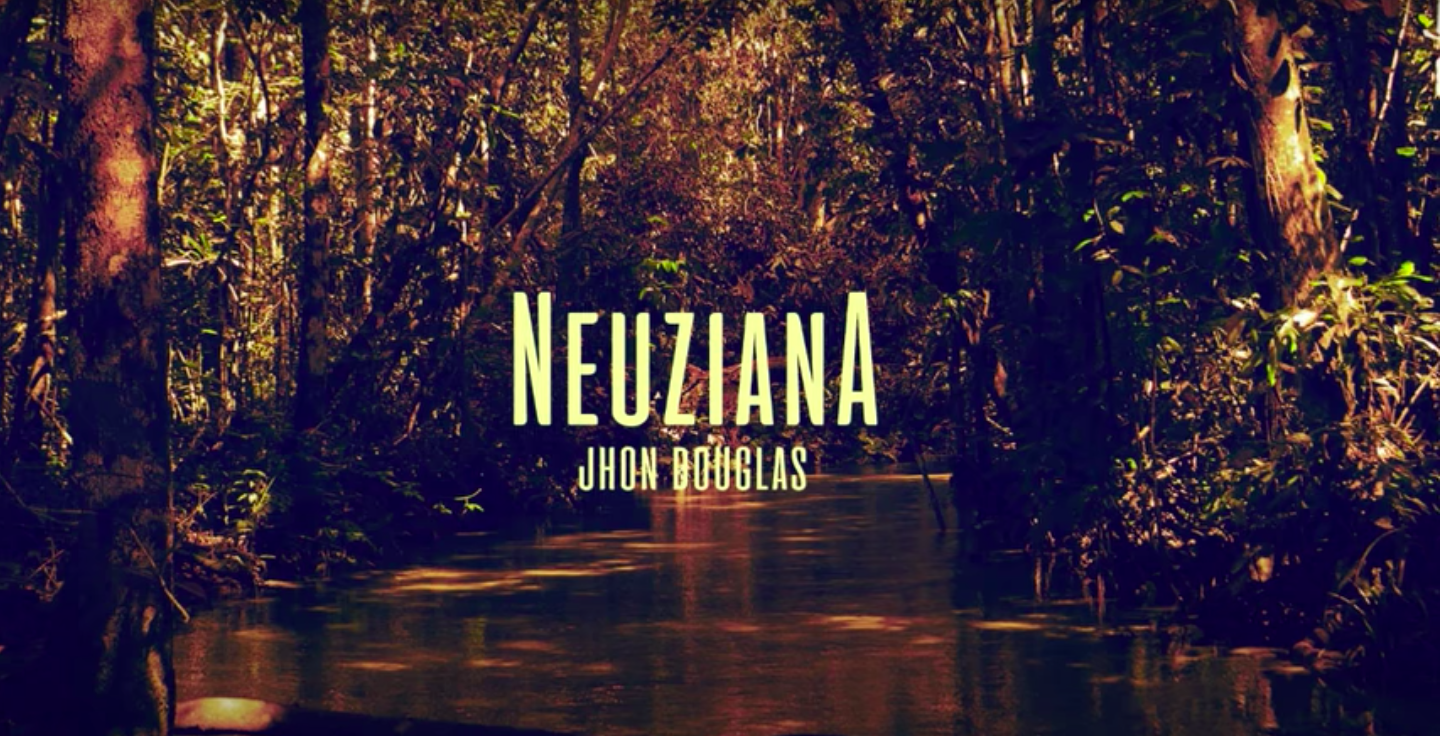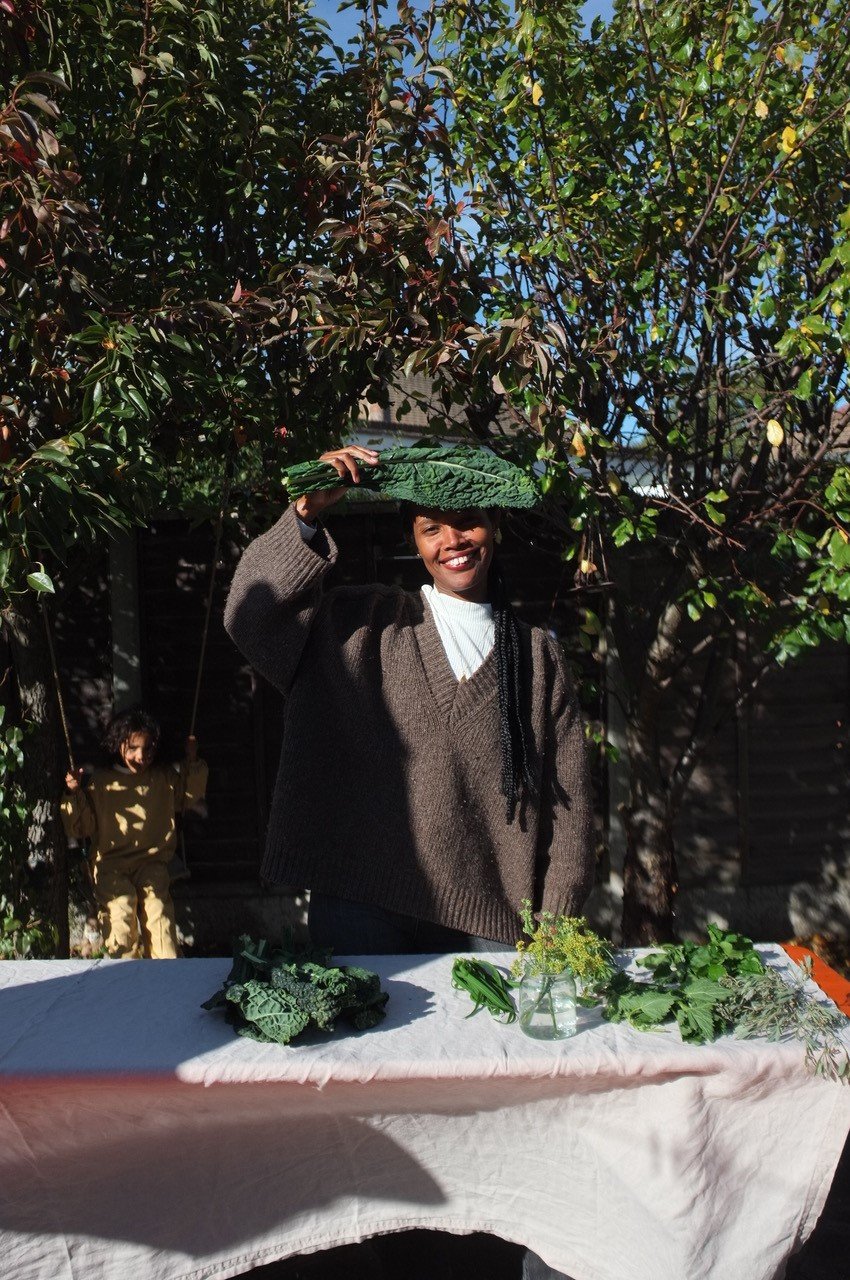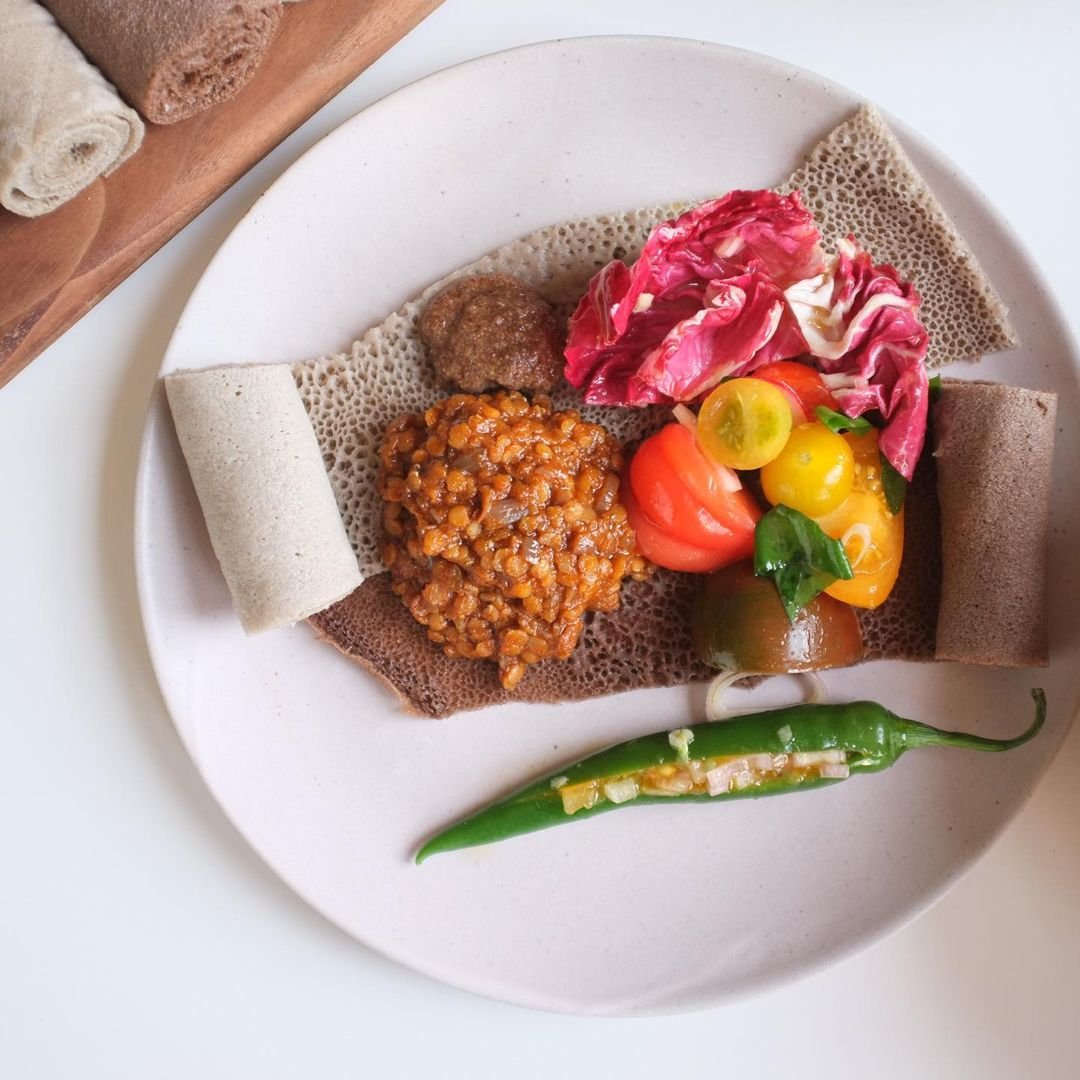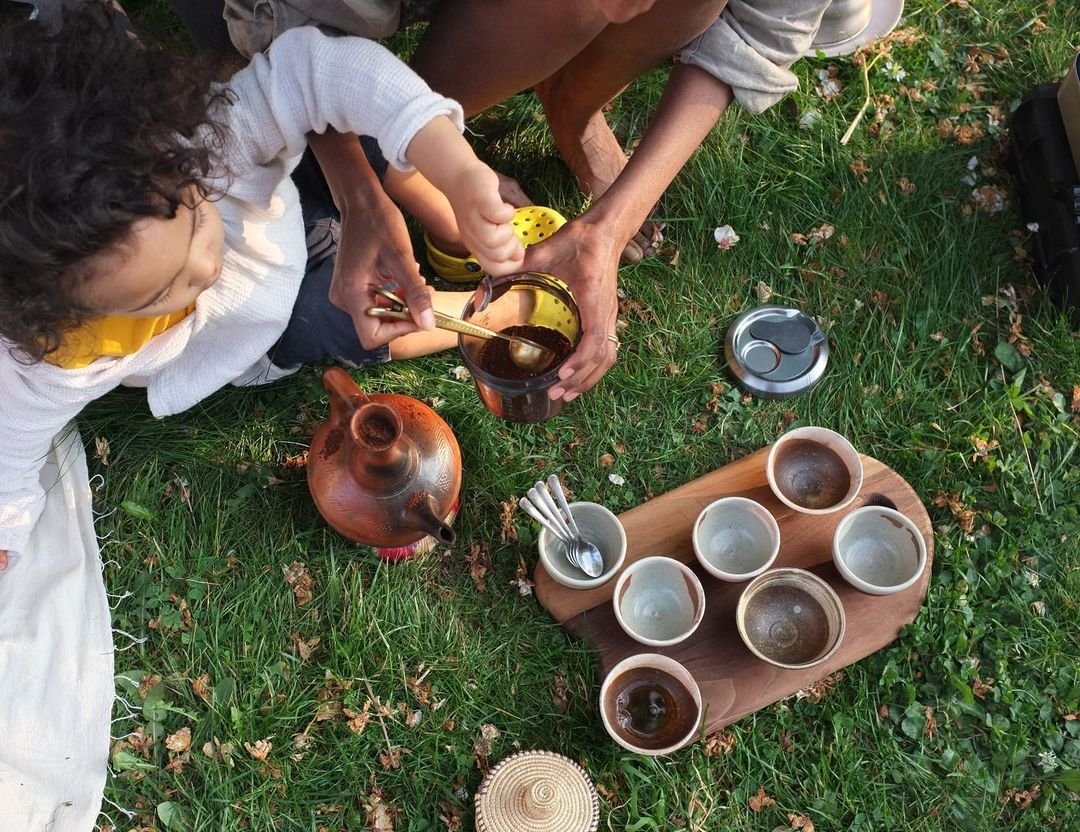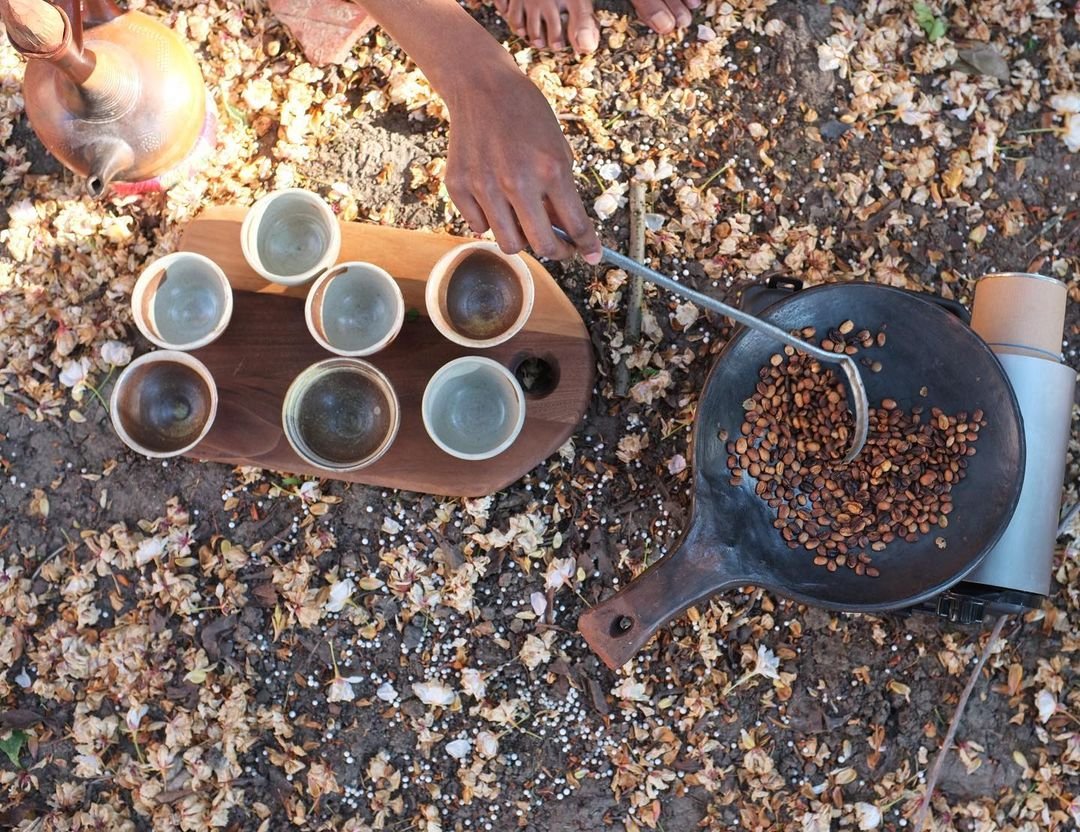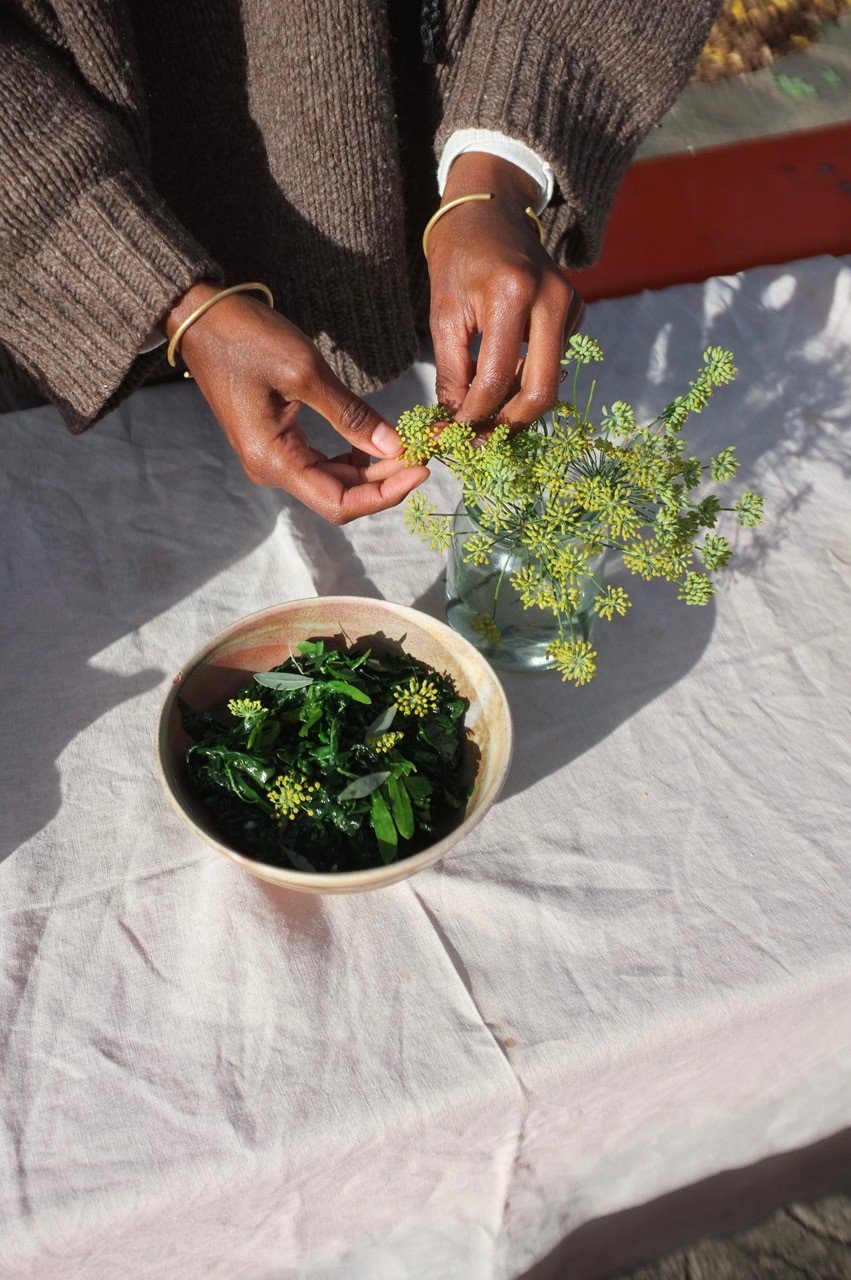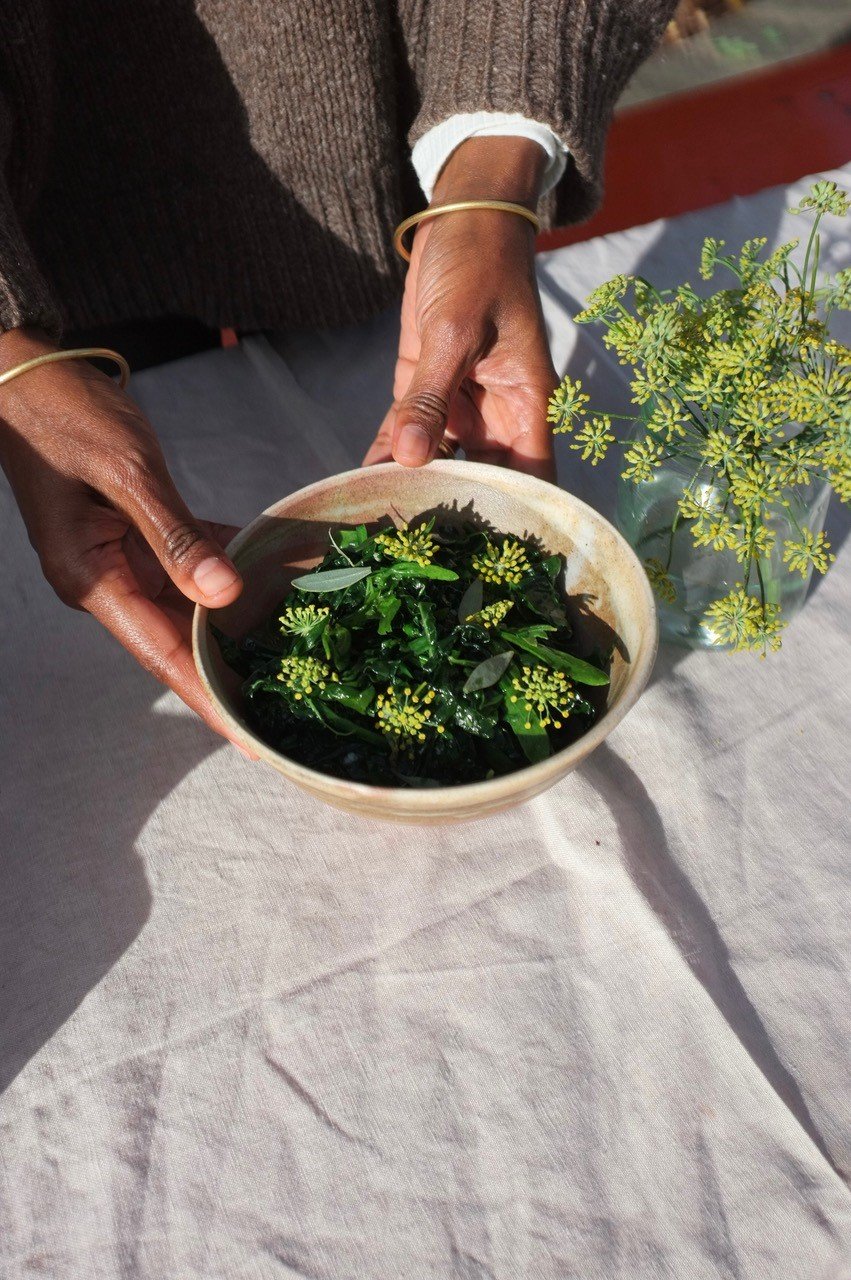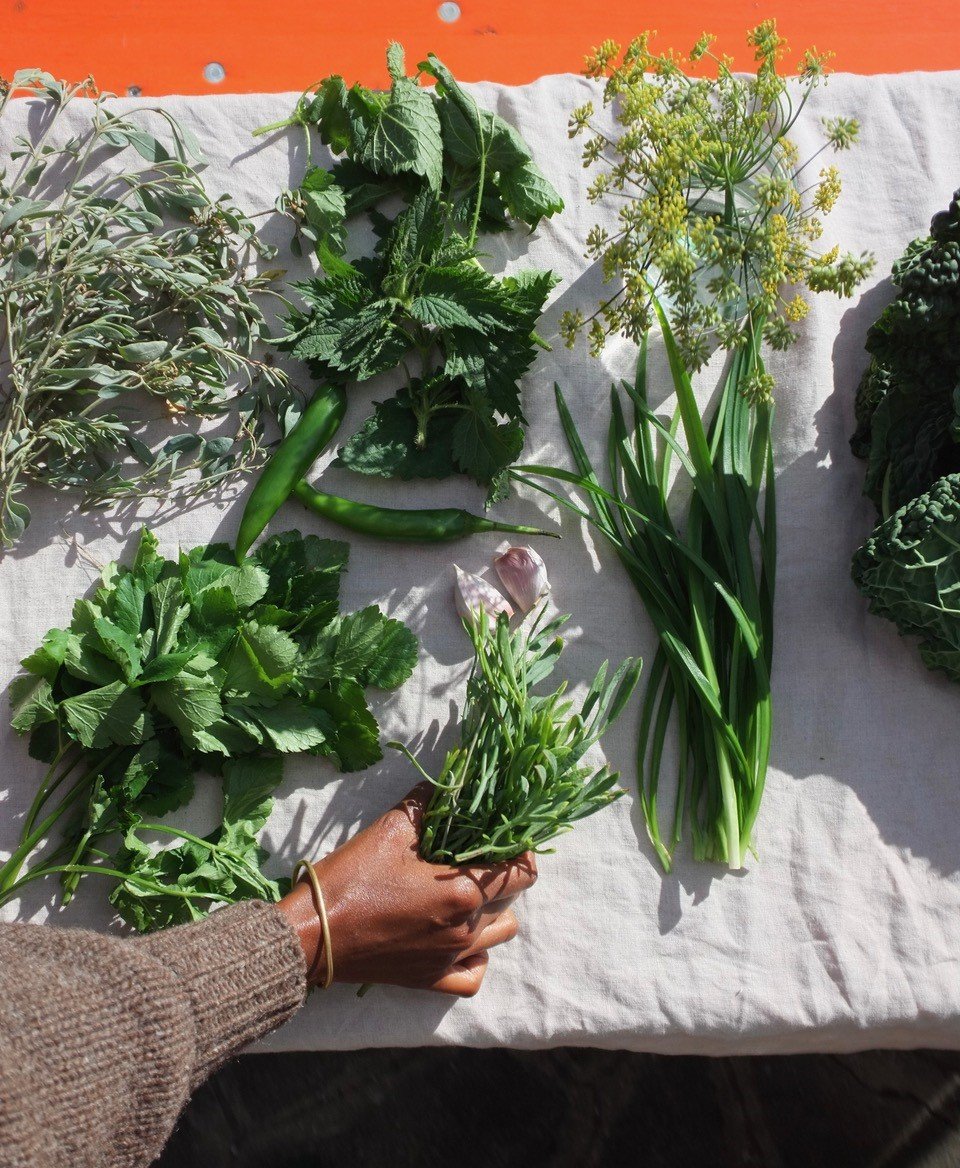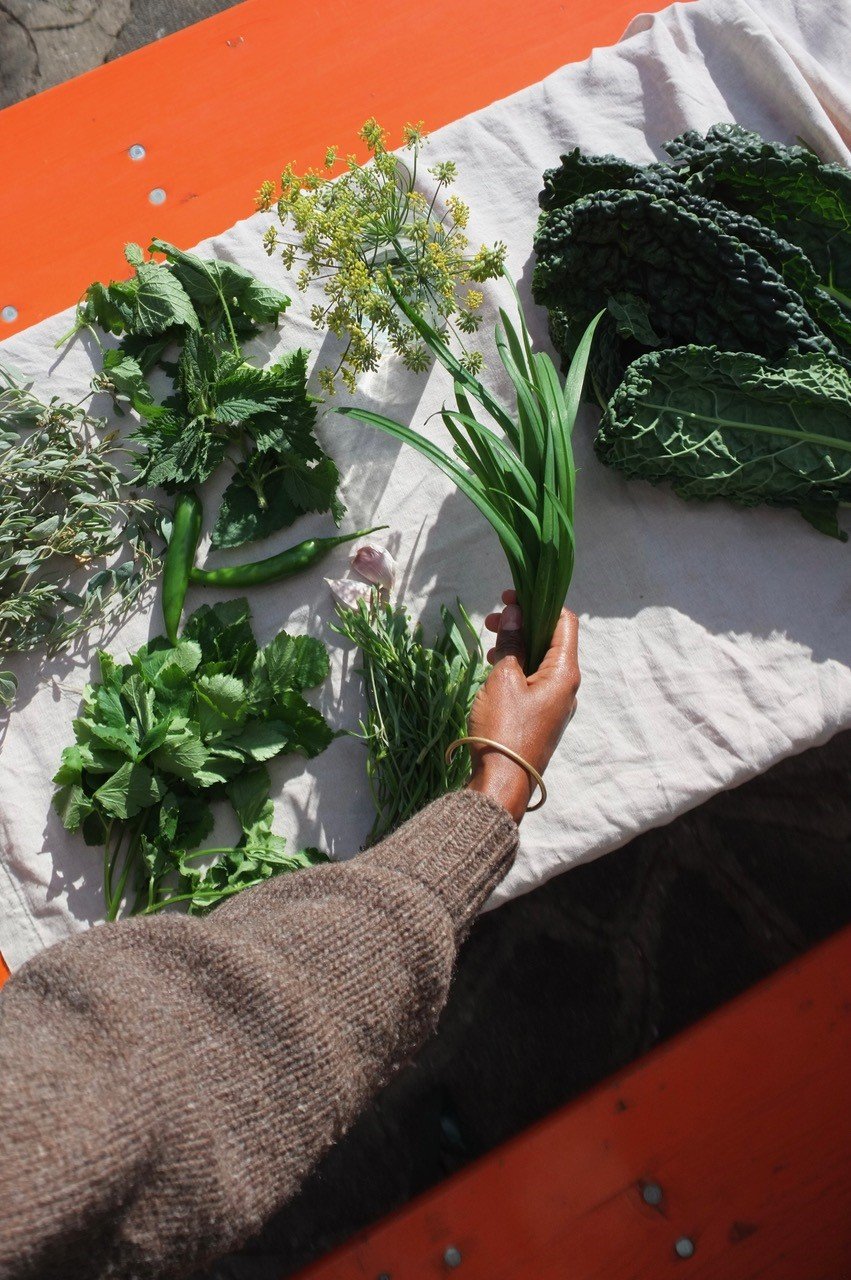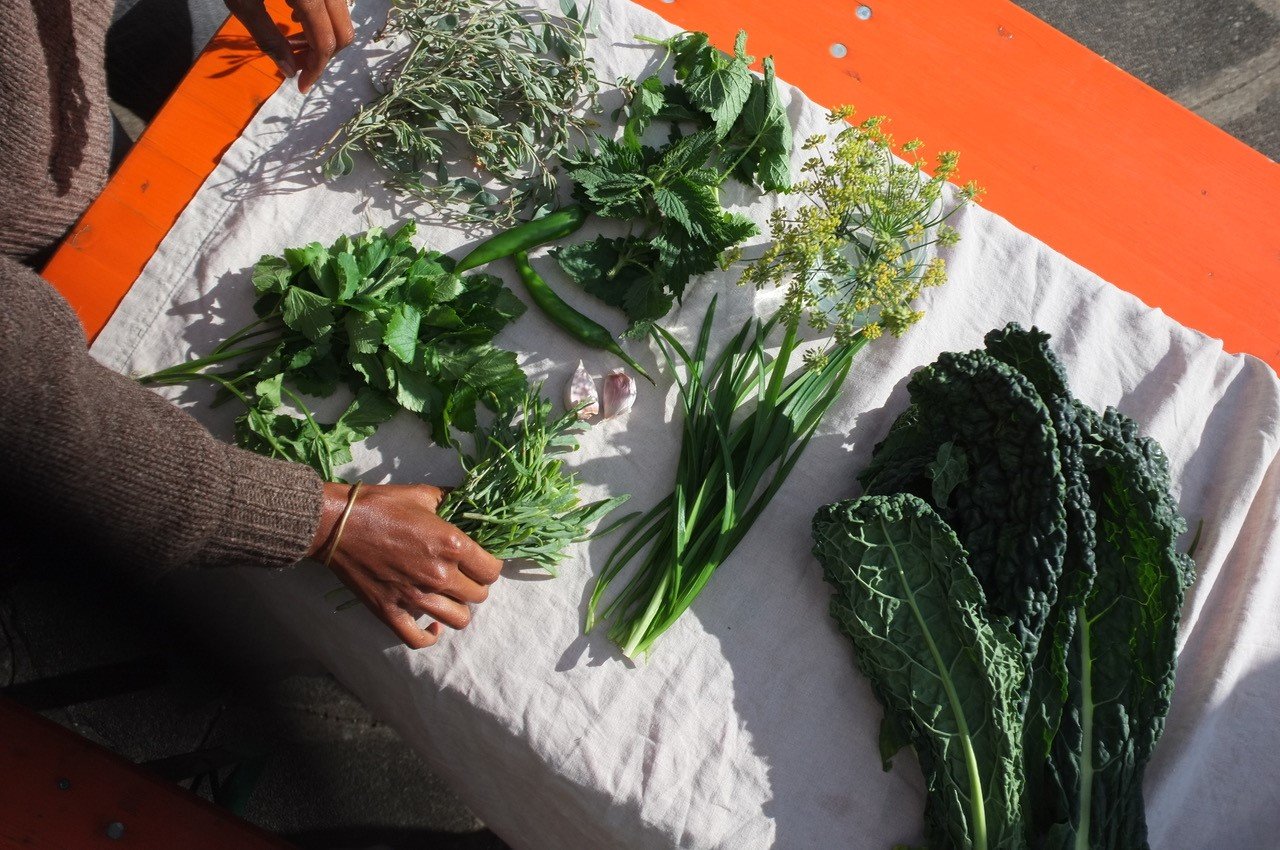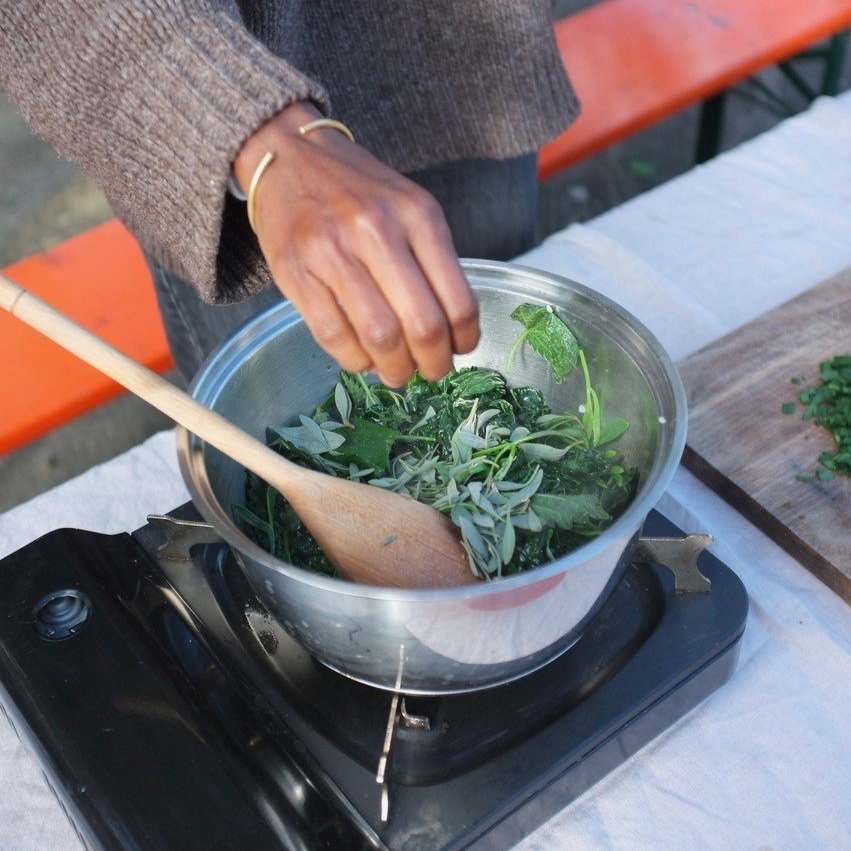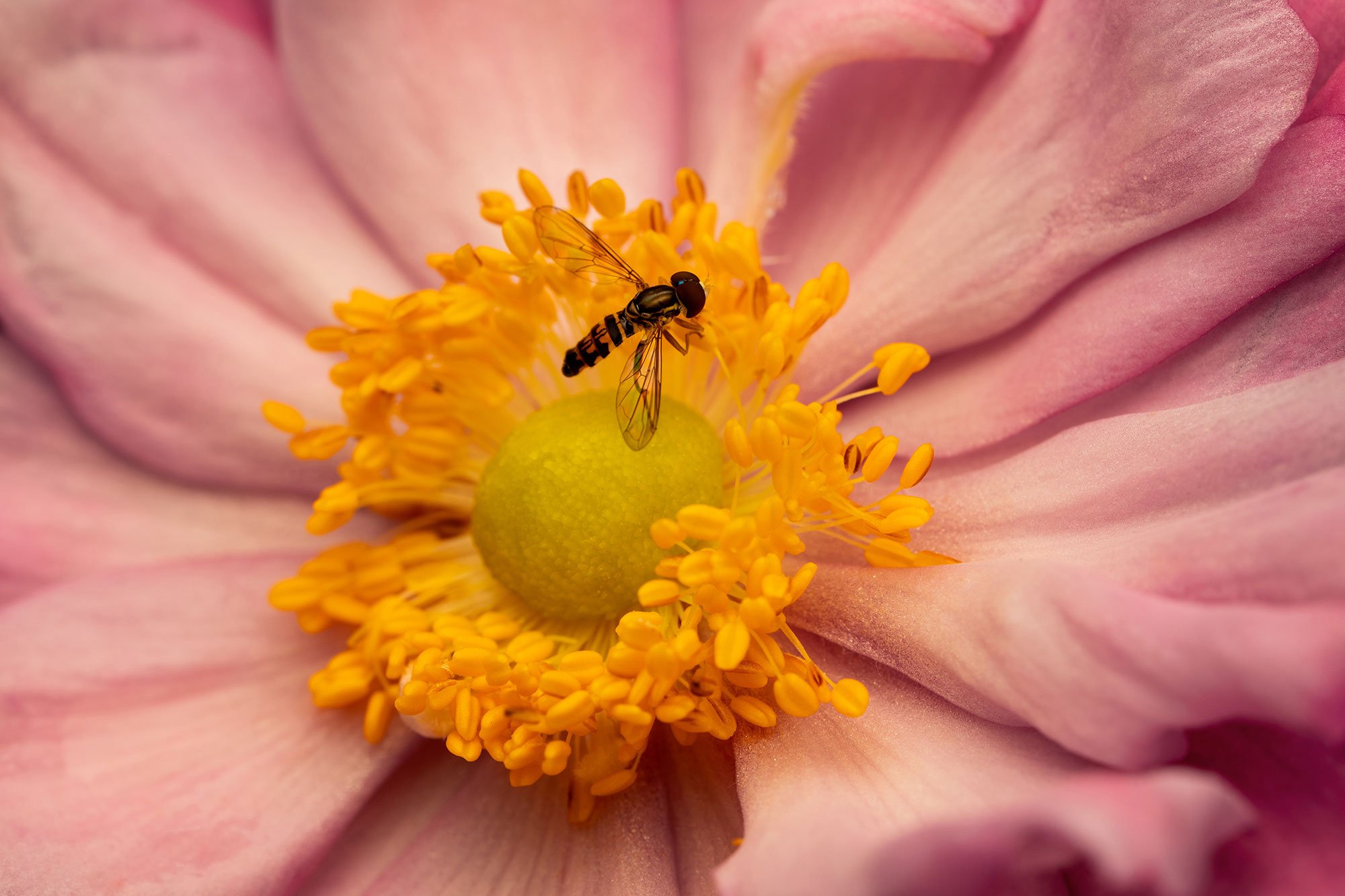
GROWING UP AT THE END OF THE WORLD by jhon douglas
Musician, painter and performer Jhon Douglas is a multidisciplinary artist born and raised in Vilhena, Rondonia in Brazil. Rondonia is known as the portal to the Amazon. Situated in the Northern Region, it is one of the states where the Amazon forest is situated. It is also the state with the biggest rate of deforestation, with an increase in deforestation area of 431% in 2021. It is also one of the states with more Bolsonaro supporters. Jhon now lives in Lisbon in Portugal, but his origins and upbringing have created his unique way of seeing the word.
Jhon Douglas by Axelle Manfrini
Musician, painter and performer Jhon Douglas is a multidisciplinary artist born and raised in Vilhena, Rondonia in Brazil. Rondonia is known as the portal to the Amazon. Situated in the Northern Region, it is one of the states where the Amazon forest is situated. It is also the state with the biggest rate of deforestation, with an increase in deforestation area of 431% in 2021. It is also one of the states with more Bolsonaro supporters. Jhon now lives in Lisbon in Portugal, but his origins and upbringing have created his unique way of seeing the word.
In a world in which the Amazon is perhaps more at risk than ever before, people seem at last to be recognising the unique role of Indigenous communities in the fight against climate change. Yet, growing up on the frontline where capitalism meets the force of the jungle, Jhon had a very different experience. We spoke with him about the social injustice he saw growing up, how his lived experiences colour his art and how he feels about the new-found trendiness of the Amazon.
Tell us a bit about Rondonia.
I was born in 1988 in Vilhena, Rondonia. The city is now 44 years old. As a city in the Amazon area, it has very particular characteristics. Cities like mine were born from migration within Brasil. In the 60s, the Brazilian government initiated a process to occupy areas in the Amazon. There was a public application for some southern areas, and you could win a piece of land in the Amazon. This was how my city was born.
In Vilhena, the portal to the Amazon forest, I belong to the first generation born there. People who came from the south with this program have nothing to do with the indigenous tribes originally from that area. People would migrate there without anything, and as part of the deal, they would need to log a percentage of the forest, own cattle and build a house. There was always a lot of corruption in Brazil, so most of the families selected were already very rich and won land areas bigger than Lisbon. As there was no connection with the native culture, there was no care for the indigenous or their stories. There was a lot of killing and stories of planes full of dynamite decimating entire tribes. My city is built above an indigenous genocide.
Some families, like mine, didn’t win the contest to receive land, but they were in survival mode, very poor families. So, they would just migrate to the area and appropriate a piece of land.
The city now has 100 thousand inhabitants. The easiest way to reach it is by catching a plane to Cuiaba and then taking a bus for 12 hours. The city is a transition from the Amazon wetlands to the hardcore forest vegetation. There is only the forest around. The nearest city is 100km away in Mato Grosso, and there is no way to reach it on foot or by bicycle.
Vilhena, Rondonia
Vilhena, Rondonia
How was growing up there?
As you are surrounded by the forest, the city is full of animals. And I would take my bicycle, and in 20 minutes, I would be swimming in the river, totally immersed in the forest, eating mangos.
But the energy there is very heavy. Everyone feels they are at the end of the world. There is no culture, the people there are isolated and very conservative. As it is a city, people watch a lot of TV. Through these experiences, you are made to believe that only other places are good, the world happens in the places we see on TV, not where we are.
My mum was 15 years old when I was born. We have a very strong relationship. But when she got pregnant, she didn’t know the meaning of sex, there was only the natural desire. This characterises the reality from there. The lack of knowledge and the feeling you are in a place with no value.
I travelled a lot and lived in different places, but Vilhena was always my safe place. The city has nothing to do with the idea people have about the Amazon in terms of urbanism. But the nature there gave me so much and taught me so much about simple life. I felt I was living at the end of the world, and I was living in paradise.
What is the relationship of the people living in the city with the indigenous communities?
The connection there with the indigenous communities is very little. Some people and NGOs are doing great work on awareness and connecting cultures. However, generally speaking, there isn’t a cultural component in the city; people are unaware of the real stories of the city and the tribes. I only started learning about it when I left Vilhena.
Generally, Indigenous are not well seen. I didn’t understand why or what was happening.
Photo by Marcos Santilli
Were you afraid of the unknown of the forest while you were growing up?
There was no fear at all when I was a child! Today I am more cautious. My dad would leave the house to hunt at night, and he knew exactly how to come back exactly to the same place. But then, at the same time, I was living in a city with video games and a TV. There are a lot of extremes there - all the forest and its gifts and teachings, and at the same time, a society lost in a city where everyone wants money and spends the day on their phone. Very much like here and in any city, but imagine there, where you have the feeling you are nowhere and without cultural structures.
In a place without access to the arts or cultural knowledge, how did you become an artist?
My mum has three children from different fathers, and we used to move and live in different places. My dad also moved to Paraguai when I was two years old, and I went there several times. The travelling and the moving gave me access to different places. Even though I felt I didn’t belong in any of these places because they were so different from the Amazon.
I started skateboarding when I was 11 years old, and it is still my biggest passion. Being a skater gave me access to very different worlds - I had very rich friends living in mansions and drug dealer friends who had died. I had friends living in highly secure places, I had friends living in slums. Skateboarding brought all of us together, and it was because of skating that I started filming, using video editing software, painting the board, etc.
Jhon on the skateboard by José Valduga
Your main artistic symbol is a mask. What is its story?
While still in Brazil, I started working in a creative agency with an illustration studio. I started using drawing as an escape, and my drawings became famous. Suddenly, I was painting and participating in several projects with people from different backgrounds and social classes; my art was reaching very different places. My drawings had a lot of demand, but they weren’t representing me. In 2014, I started working on a political campaign which was very draining; with all the stress and euphoria inside myself, I started going around the city, tagging the mask.
The mask was a symbol of the different personas we have inside of ourselves. At the time, I remember I was obsessed with seeing all these different personas as lies. The mask has been evolving as I evolve. Through working on that political campaign, I made a lot of money, so I left everything and started travelling. That is how I ended up in Portugal.
How did Portugal give you a different perception of who you are?
I arrived here with 100 euros, I didn’t know anyone. I met some people because of the skateboarding culture and started living illegally in an art studio with very few living conditions. The money I made was from the paintings I would sell on the streets. But, in this art studio, there was a guitar. That is when I started making songs.
Music is a very different tool - I can sing and show my world to people. With this process, I realised that being from the Amazon was opening doors for me. It was the first time I felt proud of being where I am from. In Brazil, you don’t say you are from the Amazon. There is no pride in that.
Here in Europe, I started realising that people would study to be artists, which is incredible to have that access and knowledge. However, that was very confusing to me, I never wanted to be an artist because, in my mind, I was only creating what I was living and feeling. So, I am grateful I didn’t study to be an artist. I feel it would have interfered with my naiveness.
“Artista não faz curva” by Jhon Douglas and Jungleboys & Maritacas. If you’re a non-Portuguese speaker, we recommend activating the English subtitles.
So what does it mean to be an artist to you?
To be an artist is to shake the world and make people think about social behaviours. It is to educate, it is to open the mind, and bring reflection.
If I were born here, I would have learnt the solfege in school, I would have met artists, I would have been taught what art is and then chosen my type of art. As if there was a guide to being an artist. The first times I went to galleries here, I felt dumb because I was seeing art and couldn’t understand its meaning, I felt uncomfortable and inferior. I was tired of feeling inferior coming from Rondonia.
With my pieces, I want to be an activist in a way that everyone understands what I am talking about. I write about the couple in the cafe that don’t talk and spend time on the phone, which is what my generation does.
I need to write and sing words that my uncle living in the jungle can understand. We are living in times in which art needs to be popular to activate more people to think about the world and their bubbles.
The biggest artist I know is my mum - she dances a lot, talks a lot, sings a lot, and does everything a lot without being any type of artist. It is how we say good morning, it is how we behave and shake the world. To be an artist is to love the world, reforest minds and provoke.
Jhon Douglas in his studio by Leonor Patrocinio
What has the Amazon taught you?
The Amazon taught me not to be afraid. I know that nature is stronger than anything, the base of all realities. When I think about the Amazon, I think about a fortress and tranquility, I realise that the games of status and the bubbles of being an artist are not real.
You mentioned that the Amazon is a trend nowadays, and that fact has opened a lot of doors for you. Can you elaborate on that?
Amazon is very trendy. There is a lot of disinformation also. I feel people would eat an ayahuasca ice cream nowadays. We need to be careful not to create an illusory image about the Amazon and not make the people from there feel like circus characters. We are humans, not consumption.
I was playing in Berlin, and I was asked by so many people if I had water or internet. There is a very big perception gap.
What are the biggest differences in approaching life you feel here and there?
My uncles and aunts, who live in the middle of the forest, know much more about a simple life than people from here. They know how to naturally survive - they hunt alligators, and they know when it is time to harvest the cassava. There is tranquility in accepting life that is very delightful to observe. Time passes with its own rhythm. Here there is always a checklist. There is no time to have a pause, my goal here is to have time to peacefully pause.
I hear a lot of people nowadays saying their dream is to move to a forest. But I don’t think most of the people here from our generation have the mental health for that. If I would move now to Rondonia, I would get crazy in 2 years with all my vices from the city. There, there is no information as there is here, we don’t know how to plant or harvest, and we don’t know how to deal with nature.
Our generation is the generation of confusion and consumption but also of hope and diversity. Now that I am going to be a dad, I want to change this consumerist mentality - to help raise a new generation with a different mentality.
“Neuziana” by Jhon Douglas. A song about the particularities of the forest. If you’re a non-portuguese speaker, we recommed activating the English subtitles.
Do you feel that your uncle and aunts have greater care for nature there?
They know nature and its cycles better than anyone. They live from it, but as there is a lack of information, there are a lot of harmful behaviours. At the same time, they spend their days in the jungle, harvesting, fishing, and hunting, then throw their cans in the river.
There are a lot of millionaires in my hometown. There are a lot of soy plantations everywhere. Everyone there knows: there are more cows than people, and there is more soy than natural vegetation. If someone buys land to plant soy to earn money, he/she needs to preserve 20% of the land as natural vegetation. Everyone goes until the limit, and if there is a fire, the protected area is not habitable anymore so, more soy can be planted. It is easy to understand why there are so many bushfires nowadays… People want money, and this is what happens when capitalism and greed meet the forest.
How does this change from the indigenous approach there?
Most of the tribes are so much more advanced than any of us…
Previously, indigenous people thought they needed to sell wood to farmers to have resources. Then they realised this process was destroying their houses. So, they stopped selling wood and found more sustainable practices - selling chestnuts, and selling projects to the outside world. Some of the tribes from my town are now working on a CO2 capture project with a French NGO, for example.
Their fight is preservation. The rest of the people are still fighting for money.
Have you ever thought about bringing your activism to Vilhena?
I once started a cultural project there about culture in the city. I was involved in politics, appearing on TV, but then I realised this needs to be a fight for my entire life with outcomes only for the next generations, with fruits I would never live to see. Plus, to change something, you need to be involved in politics, I wouldn’t get there just with culture and being in this kind of project would mean that I could actually be killed. How can I tell a story of a city in which most of the migrants there were in some way involved in the killing of the indigenous? The city belongs to them, and its politics as well. Art needs to be used very strategically.
Even from here, my fight is about who is in the Amazon. It is about the people who are there and need to learn to value the Amazon and not think they were born in the wrong place.
But I am so in love with my hometown: the macaw flying, the red soils, the fresh air, the rivers. When I go there, no one believes that I am being honest when I say I love it. It is very difficult to value where you come from. But, when you start valuing your home, everything becomes much more respectful: how you behave in traffic and how you handle your waste. I needed distance and time to start valuing Rondonia.
eat ethio: food as medicine
Helina Tisega is a food and cultural curator who has created Eat Ethio - a movement to create and share a love for Ethiopian food and culture. After living in Hong Kong where the movement grew through the combination of food, music and art, Helina is now based in the UK.
“Growing up, my Mum always used food as medicine. Be it her passion fruit and orange juice in the mornings, or raw eggs and garlic when we had a cough or cold.”
Photo 1: Misir Wot and Injera / Photo 2: Plants are medicine
We are what we eat. Yet in a world of instant gratification, many of us have lost a deeper connection with our food. We can have what we want, when we want, from all over the world - be that Peruvian Quinoa or dark chocolate from the Ivory Coast. But there is a cost to pay, not least environmentally and economically.
Food supply chains are complex and also full of inequalities. Coffee, for example, is the second most world-traded commodity, and it grows along the equatorial line (Brazil, Vietnam and Colombia are top world coffee producers). However, only 10% of the value of a cup of coffee stays in the country of origin, and farmers only get 2% of this value. This narrative is repeated infinitely by different superfoods we get from all around the world.
Helina Tesega is a food and cultural curator who has created Eat Ethio - a movement to create and share a love for Ethiopian food and culture. After living in Hong Kong where the movement grew through the combination of food, music and art, Helina is now based in the UK.
Helina, you always mention how the healing powers of food and remedies are central to your cooking practice. Can you tell us more about this and give us some examples?
Growing up, my mum always used food as medicine. Be it her passion fruit and orange juice in the mornings, or raw eggs and garlic when we had a cough or cold, or the specific food she prepares for family members when pregnant or postpartum. Then there is the food she prepares for people with health issues, such as gut problems or even to help recovery of bone fractures and the like. I have witnessed her doing that throughout my childhood, hence it’s just very natural for me now to use that in my cooking, be it feeding my family and raising my young child, or for guests in my house.
I’ve taken that on a step further now since embarking in herbal medicine practice, which is deepening my knowledge and is something I’m finding I can integrate quite naturally into my daily life as well as my supper clubs. It’s quite incredible and I find the knowledge so fascinating and I’m keen to share that, so for example I will use a lot of wild plant infusions, ferments and homemade vinegars as part of my menu for supper clubs.
Biriz: a fermented honey water. An ancient Ethiopian non-alcoholic drink
Ethiopians are proud of their very unique food, and all the rituals around it are mesmerizing. How has this affected your relationship with food?
In every possible way. That ritual and relationship with food has made me see food beyond just simply being fuel. Knowing where your food comes from, the respect that goes into preparing it, be it the preparation of injera that takes 4-5 days from the start of fermentation to the making of each individual injera which involves pouring the batter in a circular motion on a flat pan (mitad), or simply choosing a live chicken, lamb or goat from market, then blessing it before the butcher. Almost every part of the animal will be eaten, so there is no waste. Then there are the rituals around eating specific foods at certain times of the year or actually also giving them up at certain times too.
Perhaps one of the most known rituals is the coffee ceremony, taking place for at least an hour before drinking a cup, the smell of freshly roasted coffee, the fresh grass and flower that is laid on the ground as part of the ceremony and the frankincense and myrrh that burns throughout.
Helina preparing a coffee ceremony
When you grow up in this way, you can’t help but have a strong relationship with food. Culturally we eat food together, we eat by hand and also feed each other by hand. We cook together and cooking is communal, slow and done with love and conversation, always whilst sipping coffee. Friends and family gather, cooking is never a lonely experience.
You moved to Hong Kong and then Europe, where there is always so much abundance and options to choose from. What is your key advice for getting intimate with the food we eat?
Getting to know the local ingredients is really important, the season, the farmers markets, your local fishmonger etc. This is always vital for me when I move to a new area. Also now I try to get to know the local wild plants, find the connection to them and the land. Cooking with local plants creates an intimacy with the food you eat, it connects you to recipes, stories and the ancestors of the land.
You have always been very vocal about the problem with superfoods and how this affects the local communities that produce them. Can you tell us more about the issue?
I started to pay attention when I read about quinoa and the impact global consumption was having for indigenous communities, where the grain they had relied on heavily for generations was now deemed a ‘superfood’ and marketed to an international audience and becoming scarce for them.
Reading about that situation made me very conscious of how trends and marketing can upset communities far and wide. Almost immediately after reading about quinoa I started to see headlines that said ‘move over quinoa, teff is the new superfood’! For me knowing personally how much teff is relied upon in Ethiopia (mostly for injera) and knowing how integral it is to daily life, I became very anxious. How all of sudden is one country going to feed the whole world now everyone was curious about teff? I started noticing brands appearing from everywhere, some were selling teff without any cultural awareness or mention of its origins, and then others did but connected teff to charity and age old narratives as part of their marketing campaign. That made me become more vocal about my concern. Fortunately shortly after, other countries started growing teff which resolved the potential problem to some extent, but obviously meant there was no financial gain for Ethiopia.
Actually there is now one brand aptly named Lovegrass who is on a mission to change that, and is growing and exporting teff internationally from Ethiopia, doing justice to the origins and story of this incredible tiny grain.
Injera is simultaneously food, eating utensil and a plate
How can we find the balance between eating globally and sustainably?
I would say conscious eating. We live in a time where we travel the world and experience different flavours and cultures. To a certain degree we’re all global citizens these days and we expect to get those flavours from abroad when we get back home. I believe we can get those authentic flavours, but we can do it sustainably by largely using local ingredients.
I have cooked Ethiopian food in Asia and now in Europe, I have adapted traditional recipes by using local ingredients without compromising the flavour. Actually the result is something exciting and always new which for me actually keeps me on my toes and stops me becoming stagnant.
GOMEN RECIPE
This dish is one of the easiest and most accessible Ethiopian dishes to cook. All the essential ingredients are easily available in most countries and markets, so it's a great introduction to Ethiopian cooking. It's delicious, nutritious and versatile too.
I cook this dish all the time, either serving it more traditionally as part of an Ethiopian vegetarian platter or adding it to pretty much any dish as a side.
Gomen is a very typical side dish which actually can sometimes be served as a main with the addition of short ribs, one of my favourites. But generally, you see Gomen as part of a vegetarian platter (yetsom beyaynetu). It’s a staple dish that I love, and I cook it a lot.
Since I can’t obtain the exact same greens abroad, I use a variety of alternatives, which have been different depending upon where I’ve been living at the time. These days though, I tend to stick to cavolo nero when in season, which perhaps feels the closest in texture to the greens back home, and they’re very nutritious and rich in vitamins and iron.
So this recipe is my take on the delicious Gomen dish, with some foraged highly nutritious additions (optional).
Since moving to the seaside, I’ve been using a lot of sea purslane which I pick when I’m walking along the coast with my son, he loves it and snacks on it as we walk. It’s highly nutritious and is also known to contain omega-3 fatty acids, more than any other leafy vegetable. At the moment, my other beloved perfume-like addition is spicy rock samphire, which is packed with minerals, is a good source of iodine and is especially high in calcium. Both will disappear here soon as we hit the UK winter, so I wanted to add it to this recipe, plus nettle, alexanders and three-cornered leeks. Alexanders are everywhere on the coast. An ancient medicinal herb known as the parsley of Alexandria, it is very pungent. Three-cornered leeks grow abundantly, mostly taking over every corner they find. It’s a milder taste than wild garlic; I’m using them here as a replacement for spring onion.
So for me, by adding these foraged ingredients, a simple Gomen becomes even more nutritious with each special ingredient upping the flavour too. This is my personal take on Gomen, reflecting my locality and showcasing the goodness and abundance of the Earth.
Serves 4 (as a side)
Preparation time: 3 mins
Cooking time: 7 mins (approx)
Ingredients
200 grams of cavolo nero or kale
(large central stalks removed and leaves thinly shredded, traditionally this recipe uses yehabesha gomen rather than cavolo nero)2 cloves of garlic (crushed)
2 tablespoons of olive oil
Sea salt
1 jalapeno pepper for garnish, seeds removed & halved lengthways
Freshly ground korerima (Ethiopian cardamom)
Addition (optional)
a bunch of sea purslane leaves picked
a bunch of rock samphire
a bunch of nettle leaves
a bunch of three-cornered leeks chopped
a bunch of alexanders chopped
a few wild fennel flowers
Preparation
Boil a kettle whilst you’re preparing your veggies (you might need a splash of hot water during the cooking process)
Wash and drain your cavolo nero
In a saucepan, add the oil on medium heat and when it starts to heat, add your garlic for a minute
Add the cavolo nero (one small handful at a time), mix with the garlic oil, add a pinch of sea salt and a splash of hot water and cover with a lid. Leave it to sweat and wilt for 5 minutes stirring once or twice,
Then add then the rock samphire, nettles and sea purslane, and cook for 1 minute
Finally, add the alexanders and three-cornered leeks
Garnish with jalapeno pepper and taste the salt
Add the Ethiopian cardamom if using it
Serve with a few wild fennel flowers.
Tip: Traditionally served on Ethiopian flatbread, ‘Injera’, with a selection of other vegetarian dishes, but works well as a side dish for pretty much any meal.
You can keep following Helina’s creations on eatethio.com or on her Instagram!
“Culturally we eat food together, we eat by hand and also feed each other by hand. We cook together and cooking is communal, slow and done with love and conversation.”
Helina Tesega




